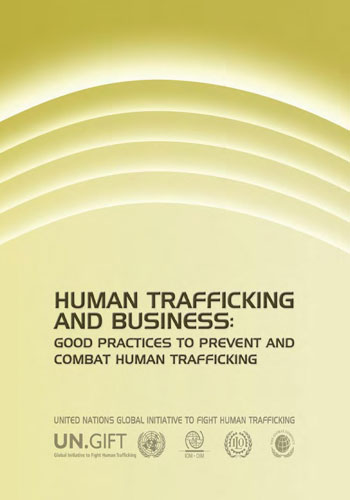Framework Document. Developing Standard Operating Procedures to Facilitate the Identificaction and Protection of Victims of Trafficking

The overall objective of this Framework Document is to strengthen cooperation between IOM and UNHCR with respect to the identification, referral, protection and assistance of victims of trafficking. Specifically, this document intends to encourage the development of standard operating procedures (SOP) between IOM and UNHCR at field level, and suggests a procedure for cooperation to ensure that the available expertise, capacities, and potential of each organization are effectively employed and coordinated to deliver the best possible protection and assistance for victims of trafficking.The Framework Document highlights key areas for coordination and cooperation that are global in nature and should be adapted to particular operational contexts.This document updates the former IOM-UNHCR Framework Document on Developing Standard Operating Procedures to Facilitate the Protection of Trafficked Persons, developed in 2009.
Country
Worldwide
Region
Worldwide
Year
2020
Topics
Category








